All about crushed dolomite
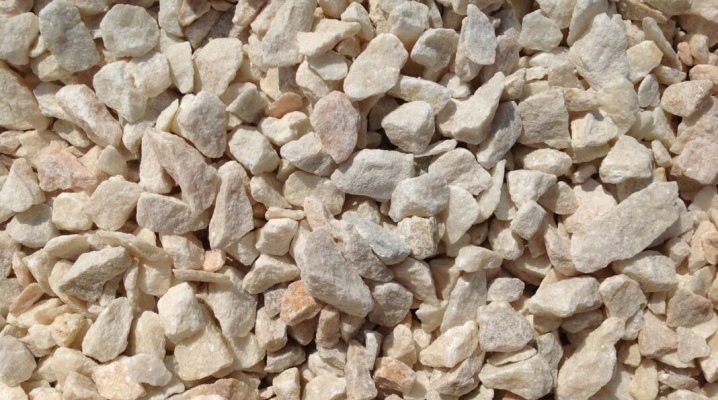
Crushed stone is widely used in construction. There are several varieties of this type of bulk materials, and one of the most popular is dolomite crushed stone. It is obtained from dolomite, a mineral from the group of carbonates. The material is used in the arrangement of the roadway, the manufacture of concrete solutions, and is used in landscape design.

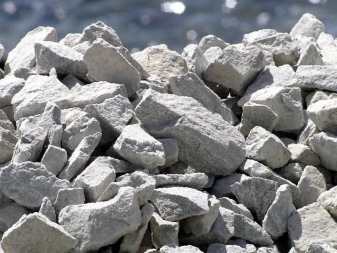
What it is?
Dolomite crushed stone is crushed by mechanical crushers and chemically treated sedimentary rock. Dolomite is obtained in the course of natural destruction of rocks. It consists of 95% carbonate, the remaining 5% is calcite.
The fraction of grinding dolomite crushed stone varies from 3 to 70 mm. The purified material has a white color or a neutral shade, inclusions of other minerals are allowed, due to which the material acquires unusual colors. Most often, gray and yellow rubble is found. Yellowish shades indicate the presence of clay or iron hydroxide in the structure of the material, gray shades indicate the presence of impurities of manganese, strontium or barium oxides.
Some varieties of dolomite crushed stone are painted in blue, pinkish and green shades, the edges may have a matte or pearlescent sheen.
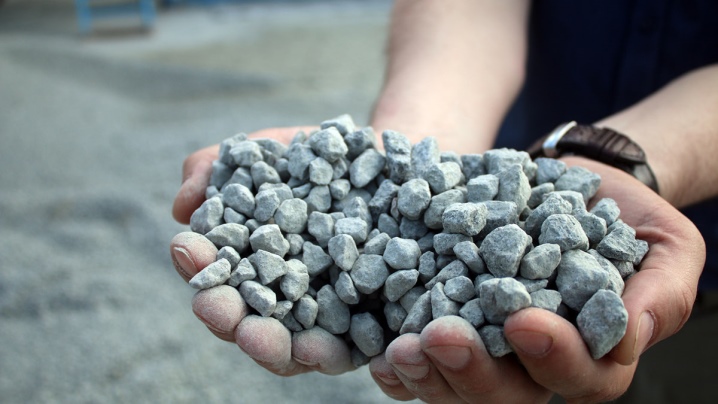
Characteristics and properties
Let's list the physical and mechanical characteristics of crushed dolomite.
-
Specific weight - 2650 kg / m3.
-
Strength corresponds to the M600 and M800 brands. This is an intermediate group between granite and limestone rubble.
-
Hardness varies between 3.5-4 units.
-
Bulk density corresponds to 1450 kg / m3. It is important if you need to correctly calculate the composition of the concrete mix or order transport for the transportation of bulk building materials.
-
Flakiness at the level of 10-35%. With a parameter below 10% of the grains, crushed stones have the shape of a cube. Such material is well rammed, therefore it is widely used for mixing concrete. The use of elongated and flat grains is important for creating dumping during motorways.
-
The presence of dusty clay and soil impurities - no more than 0.25% (the maximum maximum is no more than 2%).
-
Frost resistance - the material can withstand up to 150 cycles of freezing and subsequent defrosting.
-
Adhesion - dolomite crushed stone is firmly bound to gypsum, bitumen with acrylic compounds and Portland cement. Due to this, the filler is widely in demand in the production of roofing material and the performance of foundation work.
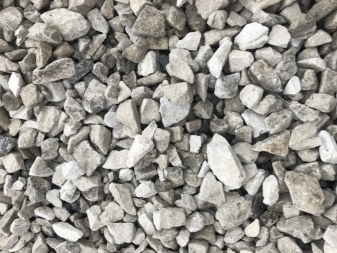
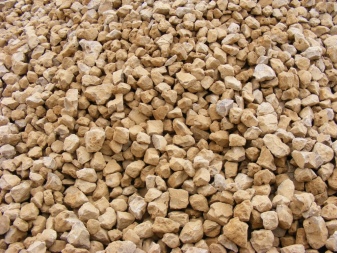
Compared to granite, dolomite crushed stone absorbs moisture more strongly. However, with the correct preparation of the proportions of the mortar, this does not entail an overconsumption of cement. At the same time, in comparison with limestone, dolomite crushed stone gets wet much less.
The radioactivity parameters of crushed dolomite are much lower than those of granite. Therefore, dolomite can be used for the arrangement of interiors and adjoining territories - the material is absolutely safe for the life and health of people.
The bulk density of crushed stone is less than that of its granite counterpart, therefore it is more profitable to use dolomite when filling highways.
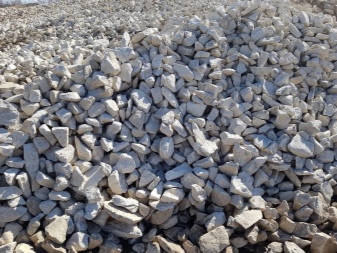

Applications
The fields of application of crushed dolomite directly depend on the size of its grains. The smallest fractions of 5-20 mm are used in the manufacture of concrete. In addition, small stone is used in the manufacture of beams and ceilings, and is used when filling floors.
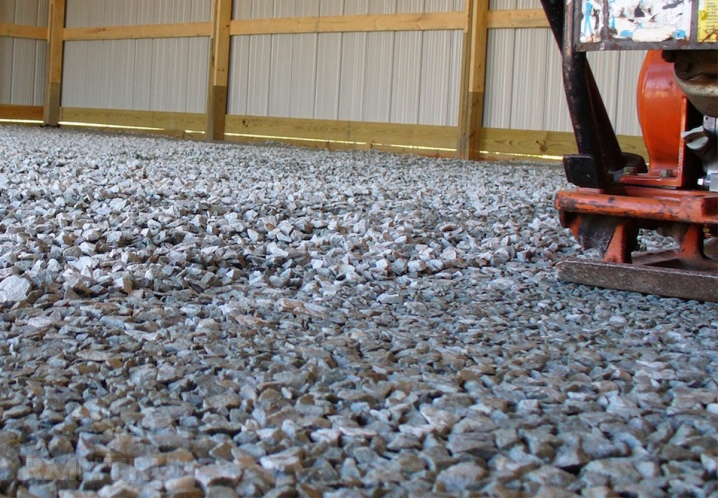
Dolomite crushed stone of the middle fraction is common when pouring the foundation. It is included in the composition of some types of concrete mixtures, it is in demand when filling sites and paths. Such material can often be found in the field of gardening, especially if it has a pleasant color.
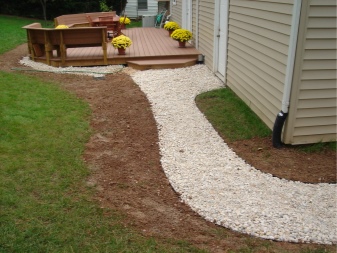
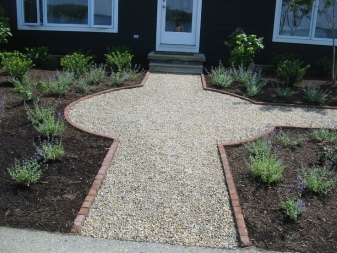
Due to the peculiarities of the application, the fraction of 20-40 mm is sold in bags of 50 kg - this allows you to purchase exactly as much bulk material as it will take to complete all the work without overpaying for an excessive volume.
Large crushed stone - from 40 millimeters and more - is indispensable when laying highways, including in urban areas. The roadbed made of asphalt concrete with the addition of crushed dolomite visually looks lighter, therefore it is better seen in the dark.
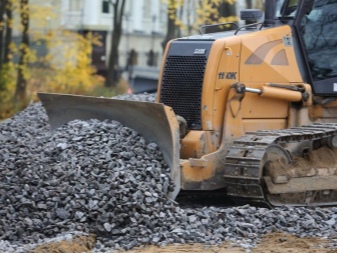

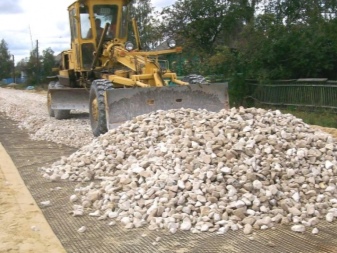
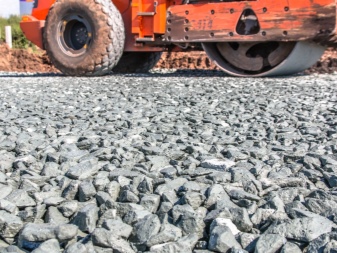













The comment was sent successfully.